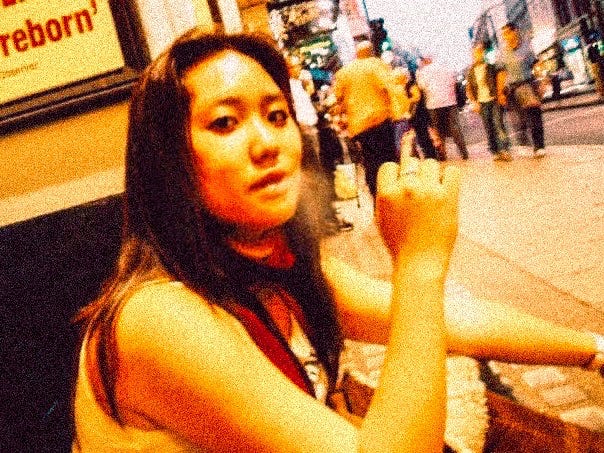
I know I am au courant with the Youths™ when I start waxing rhapsodic about the early 2000s.
I know I am Old when it’s not the fashion nor the scene I’m nostalgic for, but Livejournal.
Some of y’all might have seen a half-baked essay idea from me a few weeks ago, back when my bipolar meds were being tweaked and I was in the middle of depression. I had called it A paean for Livejournal, and I had intended on exploring what coming of age on the internet was like twenty years ago vs. what I imagine it must be like today. I scheduled it, then forgot I hadn’t finished it, …



